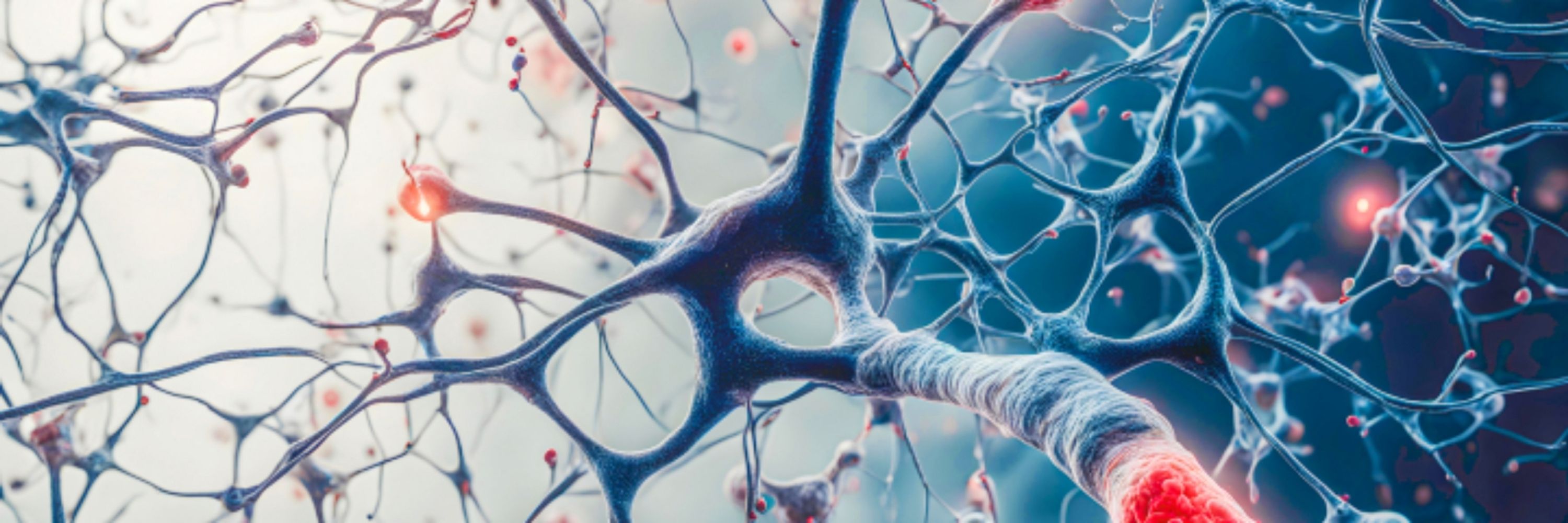Nixa Sedes, MD
@nixassedes.bsky.social
250 followers
470 following
6.6K posts
MD Internal Medicine Specialist Avid reader Science and Technology Philosophy History Astronomy Archaeology and Paleontology lover Proud mother of one
Posts
Media
Videos
Starter Packs
Reposted by Nixa Sedes, MD
Reposted by Nixa Sedes, MD
Reposted by Nixa Sedes, MD
Reposted by Nixa Sedes, MD
Reposted by Nixa Sedes, MD
























